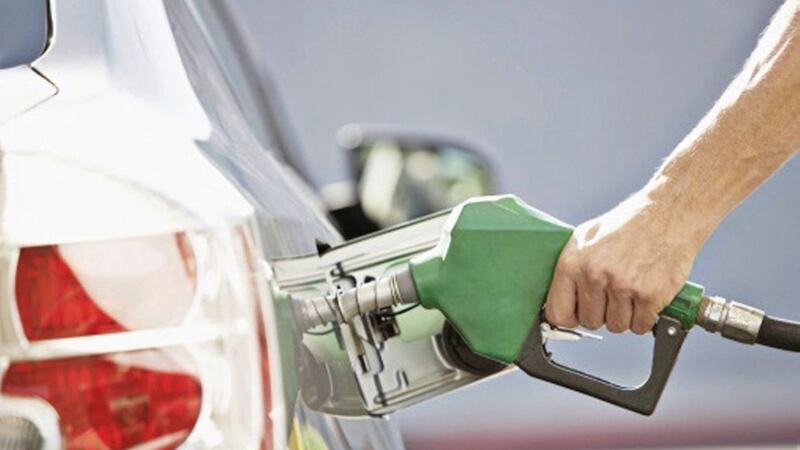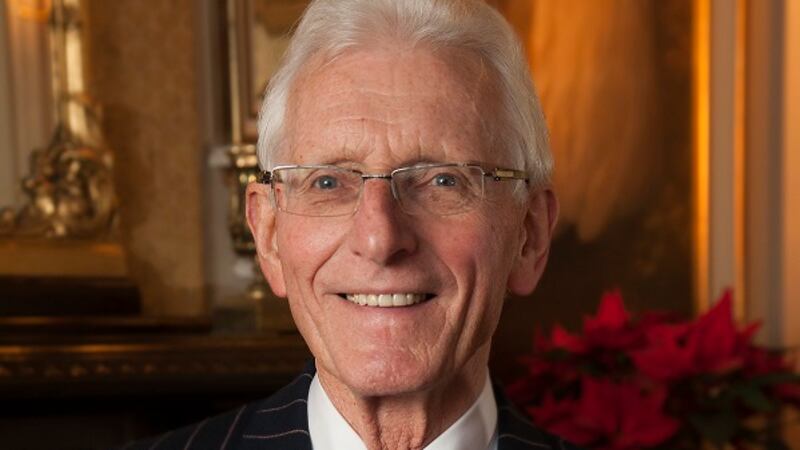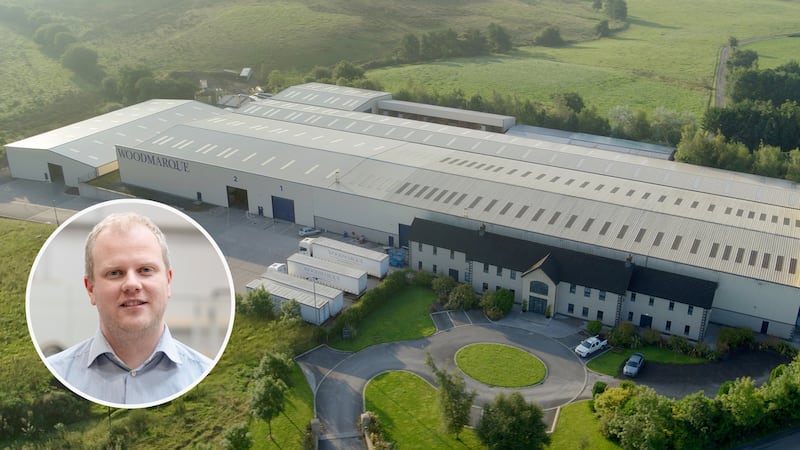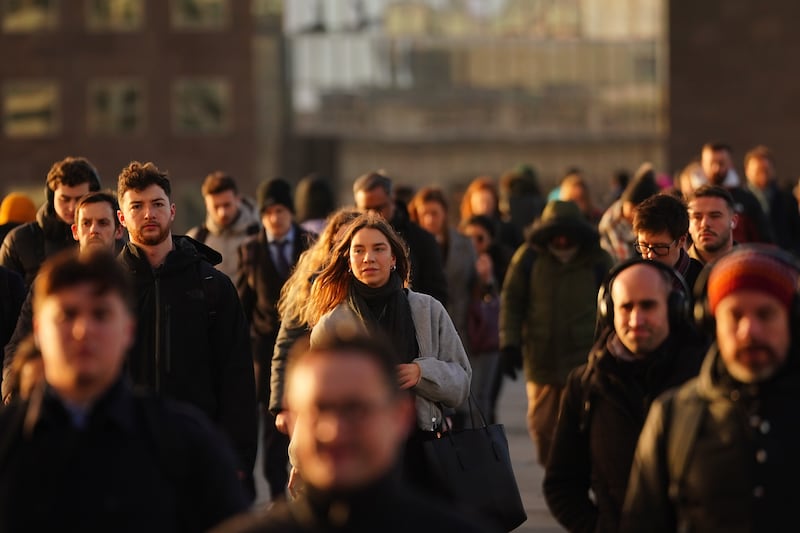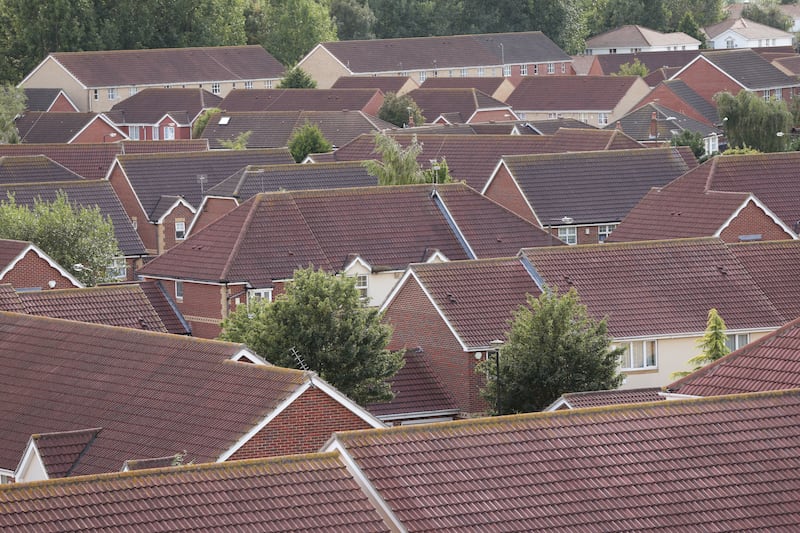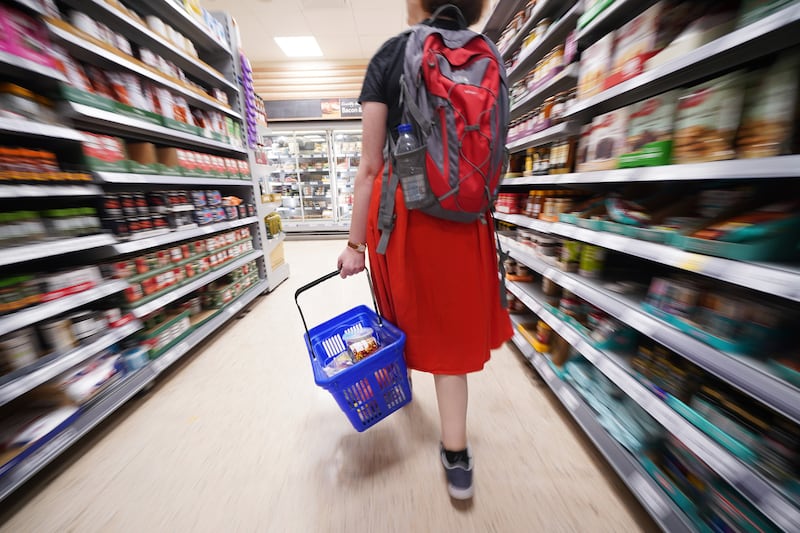THE inflation rate has increased for the first time since November, the latest official figures show.
The Consumer Price Index (CPI) rose to 2.5 per cent in July, up from 2.4 per cent in June, with higher transport costs cited as a major contributory factor.
Head of inflation at the Office for National Statistics (ONS), Mike Hardie said that transport tickets and fuel, along with often erratic computer game prices, drove up costs for consumers.
"On the other hand, there was a drop in prices for women's clothing and footwear, and some financial services," he said.
Households were knocked with a rise in transport prices as they embarked on summer holidays, with prices climbing by 5.7 per cent compared with the same month a year before.
At the pump, petrol prices fell by 0.8p month-on-month to 127.2p per litre, while diesel prices dropped by 0.5p to 131.6p per litre. However the ONS highlighted how the price of fuels and lubricants had shown "considerable" growth over the period, jumping by as much as 26 per cent since January 2016.
Clothing and footwear prices fell by 0.4 per cent year on year, coinciding with the summer sales period on the high street, but households were hit by an increase in food and non-alcoholic drink prices, which rose by 2.3 per cent.
Prices for clothes were down by as much as 3.7 per cent month on month. However, there was no evidence of more items being on sale than in the previous year, the ONS said.
Danske Bank chief economist, Conor Lambe said higher oil prices was a major factor in the increase.
"Consumers will have felt the impact of this via higher prices at the pumps. The annual inflation rate for diesel increased from 12.6 per cent in June to 13.8 per cent in July. For petrol, there was an increase from 11.1 per cent to 11.7 per cent.
“Higher oil prices also had an impact on manufacturing businesses with the rate of input price inflation rising for the fifth consecutive month. The current rate of 10.9 per cent is significantly higher than the 3.9 per cent observed in February."
“With inflation still relatively high, consumers’ purchasing power remains under pressure and, as a result, increases in household spending over the next few quarters are likely to remain modest," he added.
John Hawksworth, chief economist at PwC, said real household income growth will remain "subdued" over the next year.
"Given the recent weakness of the pound, inflation may remain sticky at around this rate for the next few months, keeping real wage growth to a minimum," he said.
The rise in inflation follows a decision by the Bank of England to raise interest rates to the highest level since 2009, putting more pressure on the cost of borrowing.
The Retail Prices Index (RPI) fell to 3.2 per cent, down from 3.4 per cent in June, and lower than the 3.5 per cent economists were expecting.
The RPI figure will be closely-watched by commuters and consumer groups, as it will be used by the Department of Transport to calculate the yearly increase in rail fares.
The Consumer Prices Index including owner-occupiers' housing costs (CPIH) - the ONS' preferred measure of inflation - was unchanged at 2.3 per cent in July.
